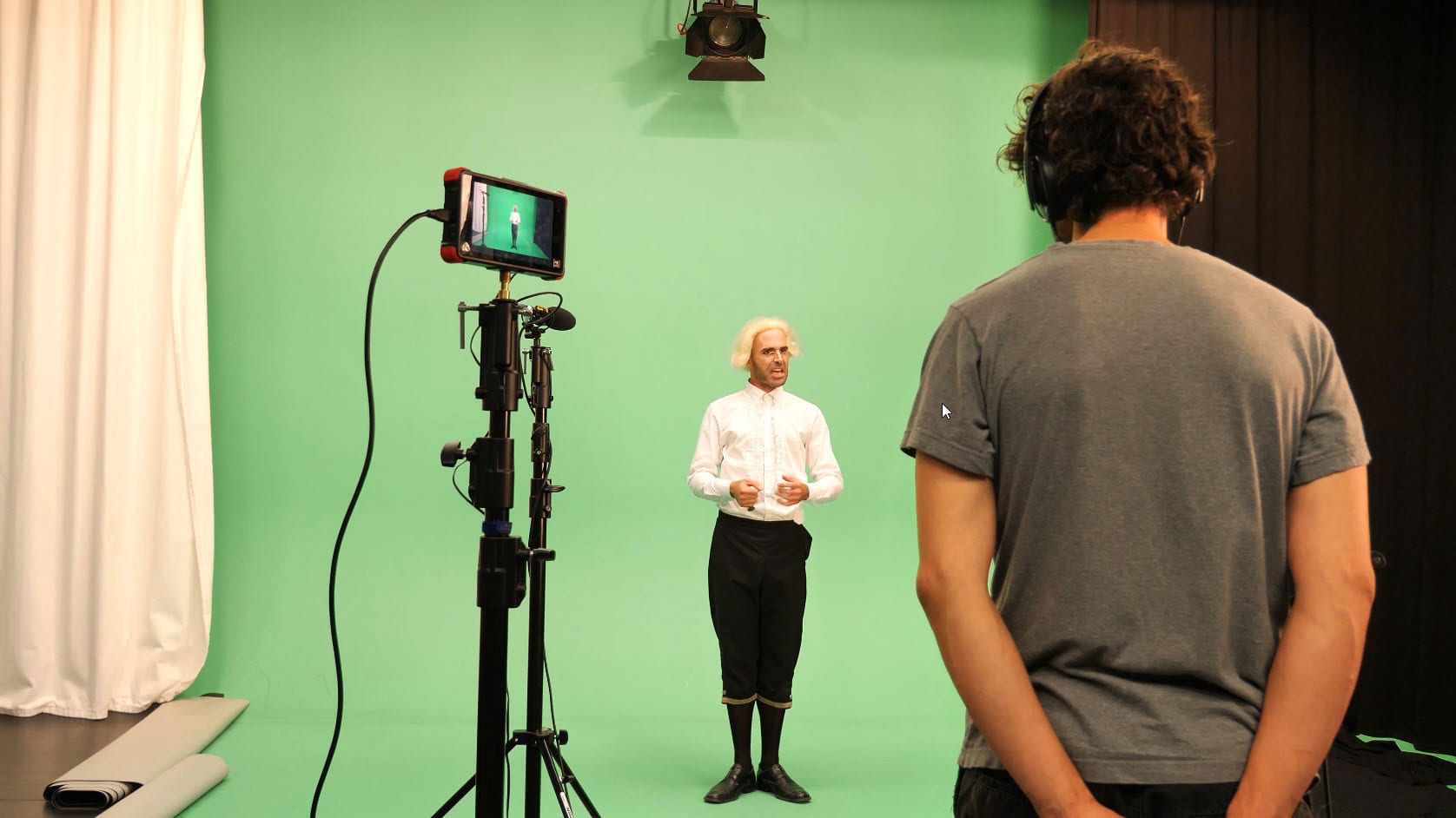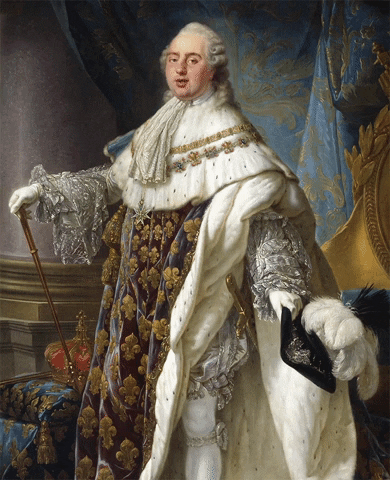
Writer Mark Twain once called the Lucerne Lion Monument "the saddest and most moving piece of stone in the world": framed by broken lances and shields, a badly wounded lion lies in a rock grotto and breathes its last. Since 1821, the six-by-ten-meter sculpture by Danish sculptor Bertel Thorvaldsen has attracted travelers from around the world. More than a million people visit the monument every year. But few of them know the story behind it.
Samuel Frei from the Visual Narrative research group at the Lucerne University of Applied Sciences and Arts wants to change that. "In the general tourism hustle and bustle, the original meaning of cultural heritage often remains hidden," says the design researcher. Frei is leading a project initiated by the Federal Office for Culture supported project. Research is being conducted into how digital technologies can help bring the significance of cultural heritage to a broad audience in a narrative way.
(Video: Kimberly Kent)
One result of this multi-year work is "Augmented Revolution Experience (ARE) - Revive la révolution". This augmented reality app for smartphones and tablets is aimed at visitors to the Lion Monument. For the development of ARE, Samuel Frei's research team collaborated with the Lucerne Historical Museum and "Project L21" (see box below).
Virtual Swiss Guardsman as a tour guide
ARE's protagonist is the fictional character Franz Müller, a Lucerne farmer's son who enlists as a Swiss Guardsman at the court of the French King Louis XVI. During the French Revolution, he has to watch hundreds of his comrades fall during the storming of the royal palace. No fiction: In honor of the fallen guardsmen, the Lion Monument is erected in a Lucerne quarry.

Franz Müller guides users of the ARE app to the monument in short film sequences. He and other roles are embodied by a theater actor. All scenes were created in the film studio of the Lucerne University of Applied Sciences and Arts. The app projects the figures directly into the park landscape near the Lion Monument. At certain points, it also lets 3D representations grow out of the ground, for example of guards' uniforms, the royal palace or the guillotine used to execute the king. Elsewhere, ARE transports the audience directly into the thick of the fighting by means of a spatial staging.
A King à la Monty Pythons
The research team approached the somber subject with a dose of humor: A talking portrait of King Louis XVI lamenting the loss of his power, for example, is reminiscent of the legendary animated scenes by the Monty Pythons comedy troupe. This technology is called "deepfake" - thanks to artificial intelligence, historical paintings or photos of people are brought to life by actors.

"We are linking the historical narrative behind the monument with the possibilities offered by modern digital technologies," says ARE project manager Tobias Matter from the Lucerne University of Applied Sciences and Arts. For all the joy of using modern technology, however, his focus is on communicating the history of cultural heritage: "Our app is only a means to an end. People acquire knowledge best when they experience it with multiple senses."
App is available free of charge
Interested parties can test the ARE app for themselves: On November 7, it can be downloaded free of charge for iPhones and iPads. Due to the large amount of data involved in the download, a WLAN connection is recommended. Further information can be found on the L21 website.









